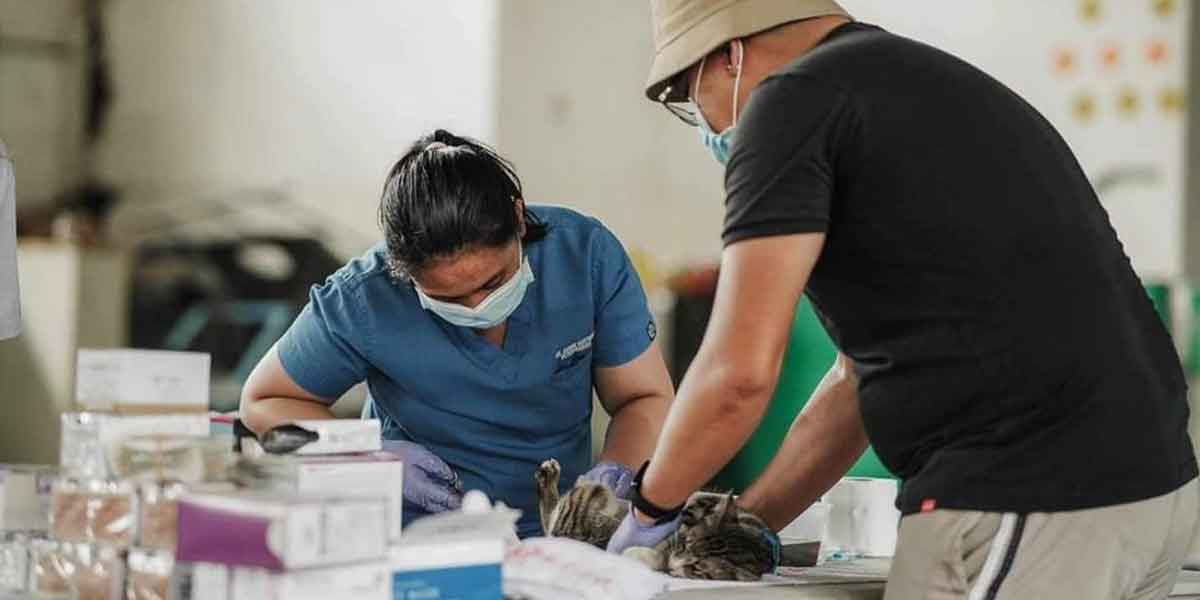By Joseph B.A. Marzan
More than half of acute gastroenteritis (AGE) cases in Iloilo City are young males, based on data released by the city government on Monday.
Iloilo City Epidemiological Surveillance Unit (ICESU) figures as of Sept 18 indicated that out of 607 total AGE cases, 330 or 52.71 percent are males.
The data also indicated that 178 male patients are 1 to 10 years old, making up the most number of any group by age and sex in the city’s AGE case log.
The same can also be said for females in the same age group (124), which compose the second highest out of any group considering both age and sex.
As to the other male age groups, 11 to 20 years old account for 33 cases, less than 1-year-old and 21 to 30 years old (32 each), 31 to 40 years old (13), 41 to 50 years (12), 61 to 70 years old (8), 51 to 60 years old (7), 71 to 80 years old (4), and 81 to 90 years old (1).
For females, 11 to 20 years old accounted for 43 cases, 21 to 30 years old (35), 31 to 40 years old (21), less than 1-year-old (20), 41 to 50 years old (16), 51 to 60 years old and 61 to 70 years old (10 each), and 71 to 80 years old (8).
In a virtual briefing on Monday, ICESU chief Dr. Marigold Calsas said that there was no evidence pointing to the prevalence of males confirmed with AGE but pointed to their rather “adventurous” nature.
Calsas added that it’s more evident when it comes to age that all children aged 1 to 10 years old (302) composed the highest number of cases in any age group.
“So far, males are prevalent, but not they are not far in the [1 to 10 years old] age group. Males are seen to be more curious, more assertive, like if they want to try, especially children, they become more active. They are not shy to try food without proper hygiene,” Calsas surmised.
As to the status of AGE cases in the city, 25 are treated at home, 14 admitted to hospital, 556 have recovered, and 12 have died.
Three new AGE cases were logged over the weekend, 1 each from Barangays Calaparan (Arevalo district), Nonoy (City Proper), and Boulevard (Molo district).
All of these new cases are females, with two of them being 1 to 10 years old and one in the 21 to 30 age bracket.
Rectal swab samples taken from these patients, in addition to the 21 samples already sent to the Research Institute for Tropical Medicine (RITM) with pending results, to confirm the presence of cholera.
Calsas said a downtrend is still uncertain, given that the confirmation of disease cases is lower during weekends.
“If it’s the weekend, everybody stays at home, and those who may manifest symptoms just go around and ignore their stomachache. If they’re okay on Saturdays and Sundays, without any interventions, symptoms will recur on Mondays or Tuesdays and maybe that’s the time they will report,” she said.
There are still 12 cholera cases in the city, the last confirmations being on September 5.
Molo district still has the highest AGE cases (141), followed by City Proper (129), Arevalo (104), Jaro (90), La Paz (52), Mandurriao (46), and Lapuz (45).


















